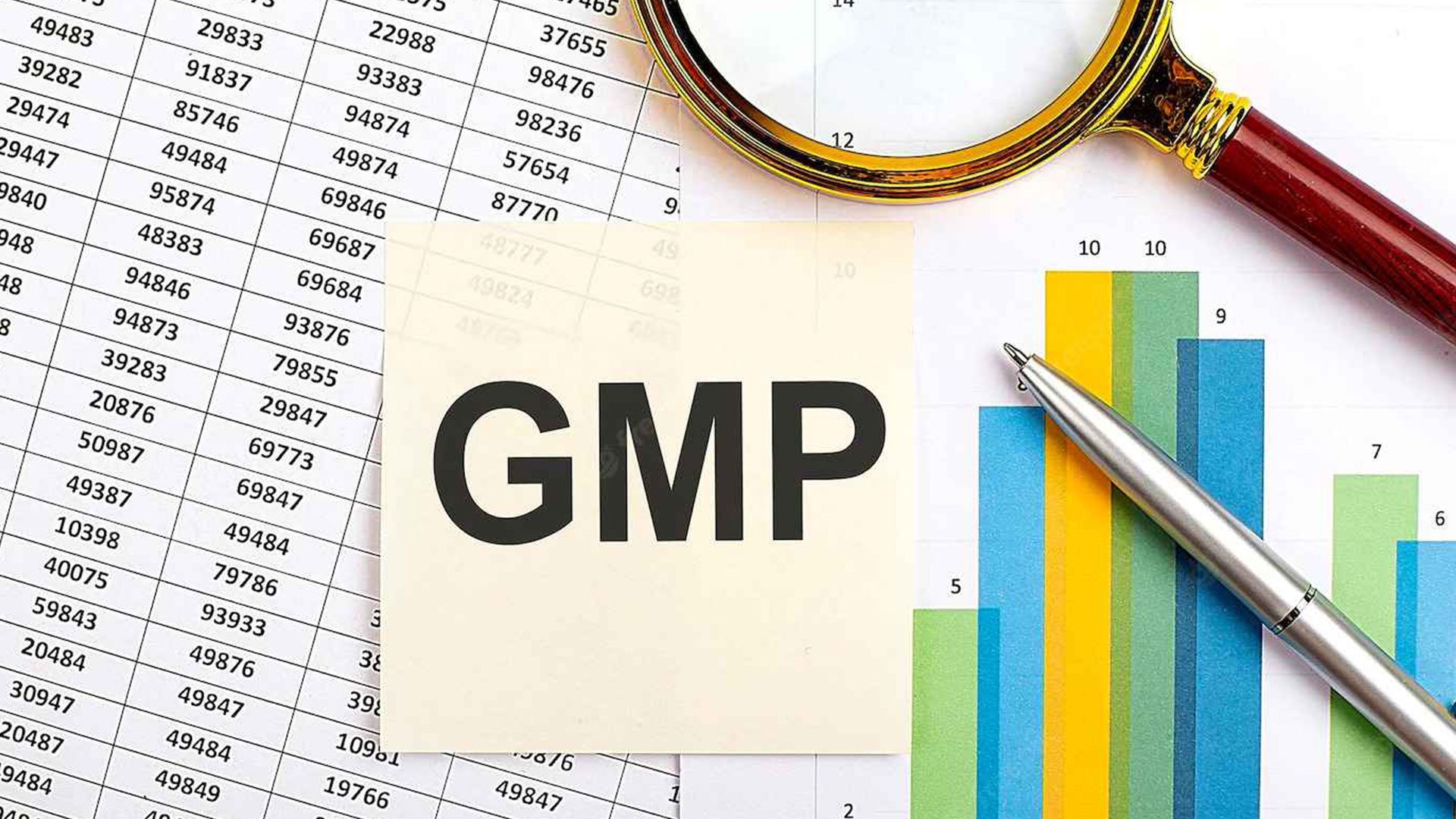Three simple ways you can improve your food safety and GMPs
26 Apr 2024

What is GMP in the food industry? GMP is the acronym for Good Manufacturing Practices. There are many definitions for the GMPs in the food industry and in essence, they are the basic operational and environmental conditions required to produce safe foods and ensure that ingredients, products, and packaging materials are handled safely. They provide a foundation for any food safety system and give HACCP meaning.
In theory, this all sounds admirable and what we would expect from the food industry to achieve a food safety certificate. However, in practice, this is not always the case. The implementation of the activities that give GMP meaning, such as Personal Hygiene, Sanitation, Pest Control, Equipment design and condition, Material handling, and Environmental controls is not always that easy.
Companies that show good examples of good manufacturing practices demonstrate the following:
Good – They have defined what good is.
As a practical example, sanitation is a key activity in the GMPs. What does cleaning mean when a piece of equipment needs to be cleaned? The definition of clean is many times different from one person to the next. Is it enough that the equipment is visually clean or does it need to meet certain microbial or protein residue limits?
When it comes to pest control, how many flies are too many flies? Are blow flies more critical than drain flies or do they have equal footing?
While it is essential to have written policies and procedures to meet the GMP standards one of the keys to strong GMPs is to have clear standards and expectations that are measurable.
Manufacturing – Emphasis is placed on manufacturing rather than quality.
Too many times food safety and GMPs are seen as a function of the quality department or a food safety supervisor. GMP’s focus should be on the production lines and the people who make the product. Production staff that have a good knowledge and understanding of the GMPs and that understand the importance of why it is essential for them and the company are more successful in managing the GMPs.
The role of quality is to be the technical support, coach, and guide to help production rather than trying to manage the quality of the product. Managers that understand this are more effective in overcoming the common hurdles and challenges that come with creating high standards of GMPs.
If training focuses more on the “why” they need to do things (education) then staff will feel more empowered to do “what” is required of them. We might train staff that they need to keep the doors closed when not in use, but if we explain that this is important to maintain security and to keep pests and environmental contaminants out which in turn will reduce the amount of cleaning required and allow staff to operate more efficiently, then they will feel more encouraged to keep the doors closed.
Practices – They build good habits and disciplines.
The reason why they are known as the GMPs and not the good manufacturing systems is because GMPs rely on developing good habits, disciplines, and practices that are repeated day in and day out. This repetition is what creates the food safety culture. A simple example is that of personal hygiene where habits are formed with regard to wearing PPE and washing hands before entering production areas. Systems provide the framework and structure for food safety, but the habits underpin the GMPs.
In summary, the three simplest ways to improve your food safety standards and GMPs are to:
- Establish clear measurable standards
- Engage and empower production staff
- ?Repeat good activities and practices until they become a habit
This article was written by Anthony Raschke, who is the Technical Director at EyeOnRisk. He is an internationally recognised Food Safety Expert who aims to provide food safety leaders with the skills and opportunities to become food safety champions and excel in their field.